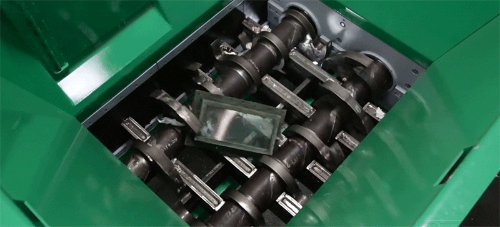Originally posted by: ginoscope
Originally posted by: labelwhore
A quick question for those of you a little more experienced with NES mods than I am. I ordered the HDMI nes kit, and will be getting it whenever the next batch is sent out.
With other similar mods I've done, I've always just cut the old chips off so that desoldering is easier. In this case it looks lke I can't just toss out the old chips though. So If I want to do that in this case, I'll need a replacement CPU and PPU first. When I'm looking for replacements, is there anything I need to watch out for? particular revision numbers, or anything like that? I'm going to be modding a NES toploader.
Thanks!
I really wouldn't toss the old chips and try and desolder them correctly and reuse them in the mod. These chips are custom so the only way to get new ones is to get them from another working system. You need to remove all the pins anyway to get the socket installed for the interposer. I had to repair some of the legs and a couple traces so mistakes can be fixed.
Yeah this is not like making Repros where you just cut off the old Mask ROMs from some shitty sports title and discard them. I can't believe someone was actually considering destroying a known good set of CPU / PPU to install this kit, then buying replacements of dubious origin off eBay or somewhere.
Quick and dirty techniques such as pin clipping or reflowing tend to be destructive. Home reflowing attemps using a torch, gas stovetop burner, hot air gun, or toaster oven will risk scorching the PCB and often causes delamination of traces (delamination is usually caused by boiling of moisture content trapped inside the board itself, a big problem in high humidity environs - this is not an issue in fab facilities as they bake the PCB to dry them before applying components and have extremely precise climate and temperature controls). Pin clipping obviously renders the chip useless.
Removing the solder from each connection one pin at a time is the only way to reliably preserve both the chip and the PCB. If you don't have a proper desolder tool, don't even bother. Heat the joint to melt the solder while squeezing the bulb on the iron, then release the bulb to suck in the solder. Pins connected to thicker Ground plane or VCC traces require slightly more heating time to fully desolder. Discard the melted solder and wipe off the tip before moving to the next pin. Pin should wiggle slightly in the hole with gentle force from a pair of needle nose pliers once the solder is properly removed. Never attempt to forcefully pry the chip out simply because you think it is sufficiently desoldered or you will likely break pins and/or PCB traces. Desoldering is a tedious affair that needs to be performed on all 40 pins on both chips, 80 times total for the HiDef mod. If you rush the process you will be sorry. Also sometimes if the sucker does not completely remove the solder, applying extra flux and fresh solder to stubborn joints or plugged vias will aid in release.
If you insist on buying a pair of used chips, make sure they are a matched pair, revision G or revision H with white printed letters, not etched. Revision G are most commonly found in Toasters and Revision H are most commonly found in Top Loaders or AV Famicom (if you are reckless enough to butcher a rare AV Famicom or toploader just for it's chips, know that somewhere in the world a kitten dies and it is totally your fault
). Game Tech says the laser marked rev H chips don't work. Revision E (many Famicom and early run NES) and earlier revisions (found mostly in oldest Famicoms) have known bugs with certain games and should be avoided.
Originally posted by: Game-Tech-US
Please save them!
There is a list of recommended installers on my site, one of them might even just do just the chips for you if you ask nice.
As far chips, i'd stay away from UMC chips even tho most are proven to mostly work...
This.
